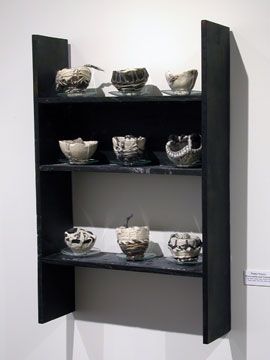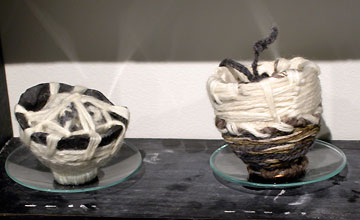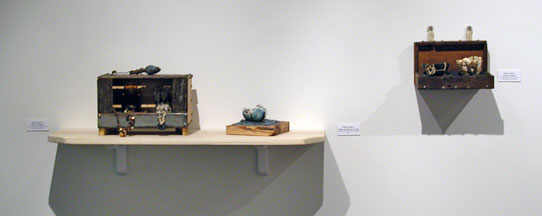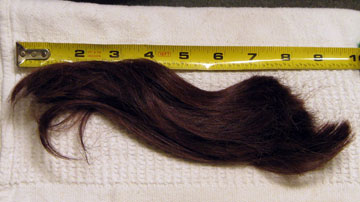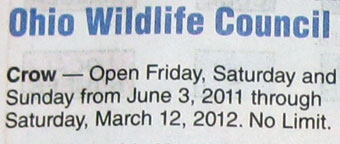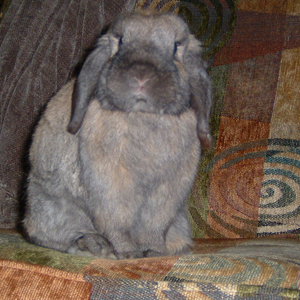Today when I was reading blog posts I saw this image and was off on a creative journey. The image was posted on Sri Threads, a gallery specializing in Japanese folk textiles.

I have been thinking about weaving or embroidering a family tree of important dates using Morse Code. I have woven some pieces for family gifts, but I want to show the connections between the family members. I originally thought that a large wallpiece using coconut fiber, white cotton rope, sisal, and 1″ fence would be the solution. I hadn’t thought about the possibility of the presentation in the form of a book. I love the intimacy that the book format offers. While the form is quite different, it probably would be better received by my siblings.
Then very quickly I started thinking about words and banned books and my series, Cleanse Your Palate. Cleanse started with my attempt to remove a particular word from my vocabulary. A versatile word that has multiple functions.
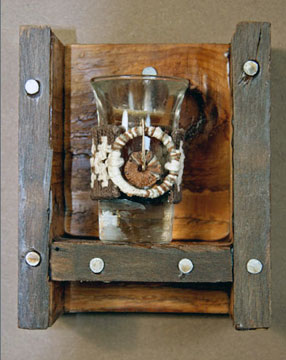
In No Regrets, the word is embroidered and affixed to the shot glass with a ring that is also in code. The shot glass is filled with clove soap. Yep, wash your mouth out with soap. Clove because of its history in dentistry and I just happen to love its fragrance.
A couple of things of interest–what happens when a code is used to represent a word with negative connotations; can the word appear beautiful when knotted or woven?
From there I hit on using what some folks believe are objectionable words, phrases, ideas weave them up in code and bind them in a book presentation. The series of course would be titled Banned Books.

